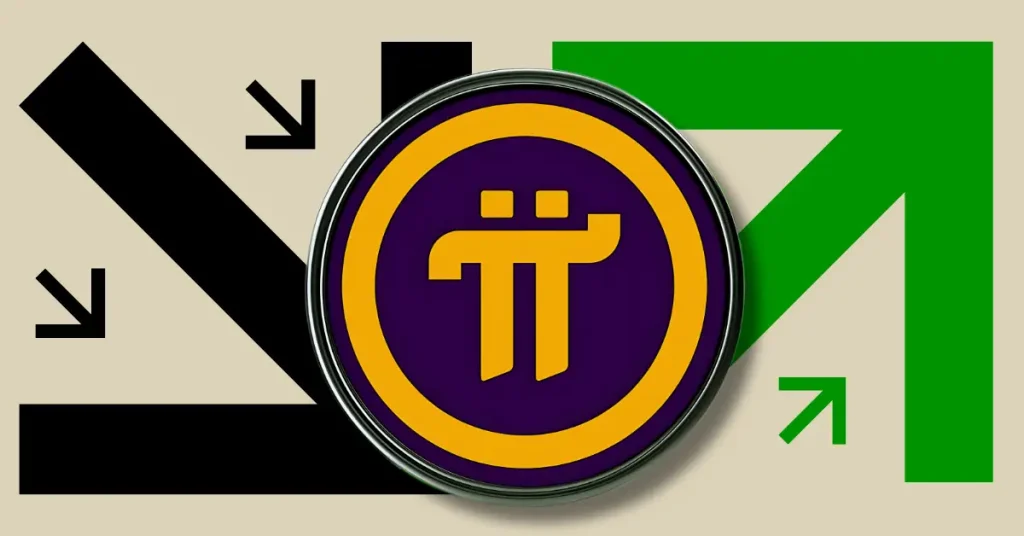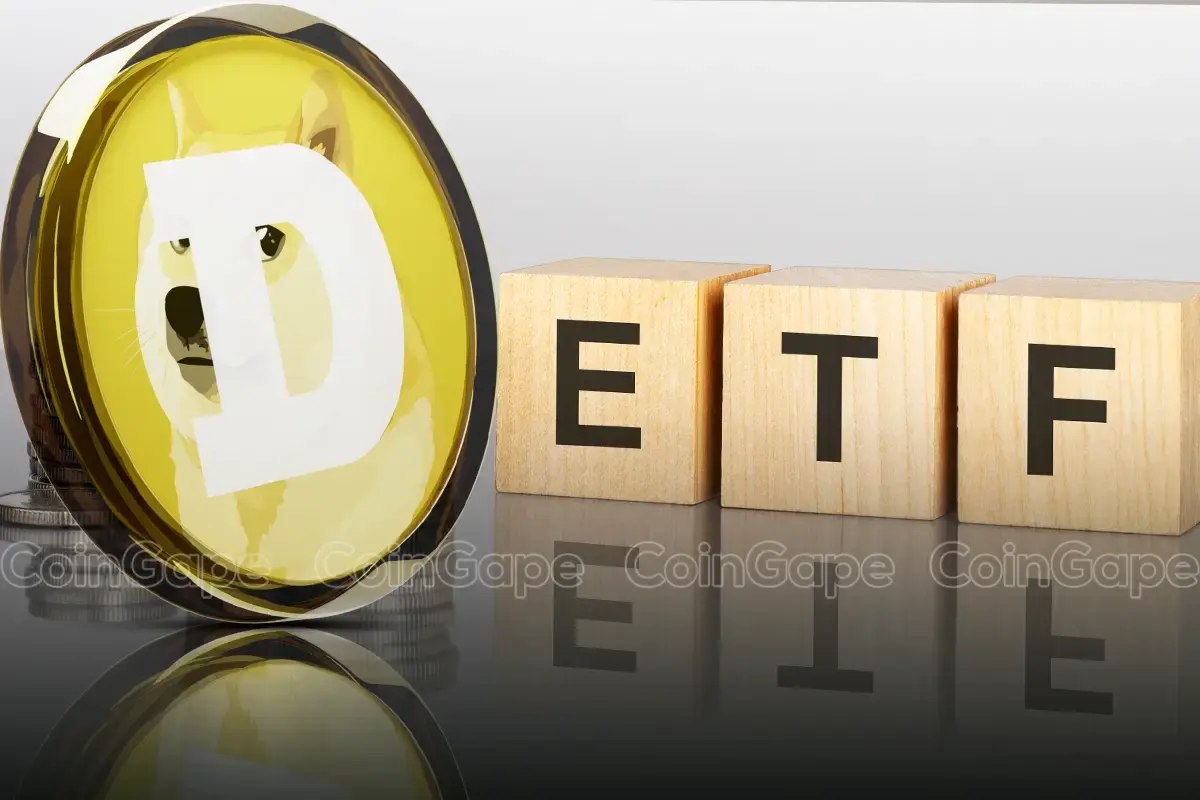
Donald Trump has completed his first 100 days at the White House with a bullish note for his TRUMP memecoin price performance. Starting with a bunch of crypto promises before becoming the 47th U.S. President, these few days brought complete turmoil in the crypto market. The election win resulted in a highly bullish rally, turning into a meme coin launch, and the crypto market crash. A lot happened, but what’s coming next? Let’s discuss.
Trump’s First 100 Days & Crypto Moves Affected TRUMP Memecoin Price
Donald Trump has now completed his 100 days, marked by extreme crypto moves. This includes the launch of the TRUMP memecoin with a massive price rally, insider claims, a Trump dinner offer, and controversies.
President Trump Breaks Out the Trump Dance to Celebrate 100 Days of Winning!  pic.twitter.com/a13XxGvpZx
pic.twitter.com/a13XxGvpZx
— The White House (@WhiteHouse) April 30, 2025
However, there were many more, including a $500B AI initiative (backed by OpenAI and other AI firms), Pardoning Silk Road founder Ross Ulbricht, a CBDC ban, and the formation of a pro-crypto working group.
The introduction of the U.S. Strategic Bitcoin Reserve, a crypto stockpile, and crypto-friendly Paul Atkins becoming SEC Chair. Amid these positive catalysts, some, such as the US-China trade war after implementing serious tariffs, also took shape. It resulted in the crypto and the rest of the financial markets crashing.
The US economy also felt tremors as the supply chain got disrupted, increasing the odds of recession in the US. Amid this, the Trump coin price went through massive ups and downs, but the end of 100 days left a bullish note, as the Trump dinner invite increased the token’s demand.
Donald Trump Dinner Fuels TRUMP Memecoin Price, What’s Next?
Trump’s dinner announcement resulted in a more than 60% rally for his cryptocurrency. However, controversy followed as critics like Senators Adam Schiff and Elizabeth Warren have called for an investigation, as this enriched Trump-linked wallets by $100 million.

Also, on-chain analytics revealed the Trump team dumped $20M in tokens ahead of the dinner event, making profits as the coin price was high. As a result, the TRUMP memecoin price declined, losing 7% of its value in the last 24 hours.
The meme coin has shifted from a bullish rally to significant contraction, but the experts’ Official Trump price predictions are still bullish.

TRUMP Coin Price to Hit $45 Next
After a shallow contraction, TRUMP coin currently trades at $13.13, with a market capitalization of $2.62B. Additionally, the trading volume stands at $1.11B, showcasing investors’ rising demand. Though the rally halted today, experts claim the bullish trajectory is still confirmed.
According to the CryptoElites’ X post, the technical setup of the coin is highly bullish under the cup and handle formation, with the next potential targets as $25, $35, and $45

Another added that as long as the $13 support stands, the bullish structure would stay intact. A breakout above $15 would confirm a bullish rally. Interestingly, these are just short-term targets, and the long-term sees the TRUMP memecoin price at $60 or higher.
The post Donald Trump Completes 100 Days at White House: Will TRUMP Memecoin Price Pose a Different Trajectory? appeared first on CoinGape.










